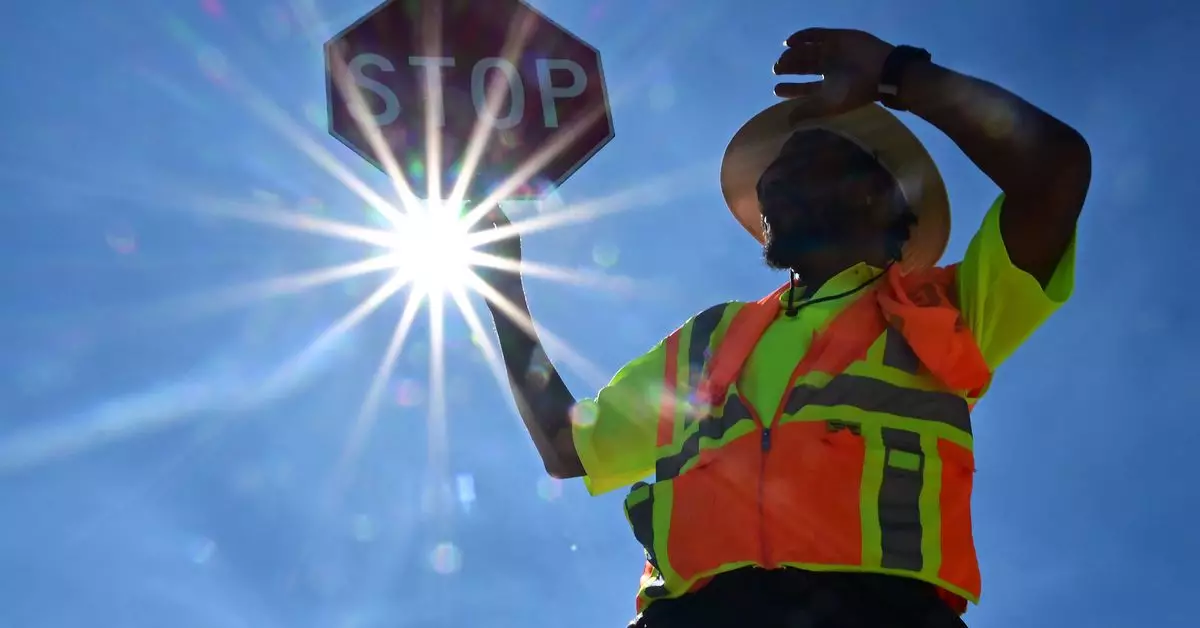The Biden administration has taken a significant step in prioritizing the safety and well-being of workers by announcing new rules aimed at protecting them from the dangers of extreme heat. The Department of Labor’s Occupational Safety and Health Administration (OSHA) is set to unveil these new heat protections which will be crucial in preventing heat-related illnesses and fatalities in the workplace.
Extreme heat poses a grave risk to workers across various industries, and the impact of global warming has only exacerbated this threat. Heat-related fatalities in the US already outnumber those caused by hurricanes, floods, and tornadoes. With climate change leading to longer, more frequent, and more intense heatwaves, it is essential for workplace protections to be updated to reflect this reality.
Under the new rules, employers will be required to implement measures to prevent heat injuries and illnesses among workers. This includes appointing a heat safety coordinator, developing protocols for responding to symptoms of heat-related illnesses, and actively monitoring workplaces for hazardous conditions. A heat index of 80 degrees Fahrenheit will act as a trigger for necessary safety precautions, such as providing access to drinking water and designated cooling areas for employees working in such conditions.
For employees exposed to a heat index of 90F or higher, additional safeguards will be put in place, including paid 15-minute breaks every couple of hours to help individuals acclimatize to the heat. These breaks are crucial in preventing heat-related illnesses and ensuring the well-being of workers who are exposed to high temperatures for extended periods. The new rules are expected to cover approximately 35 million workers in industries like construction, agriculture, and other outdoor jobs where heat exposure is common.
It’s important to note that the proposed rules do not extend to teleworkers or individuals working indoors with consistent air conditioning that maintains temperatures below the thresholds outlined in the regulations. Similarly, state and local public employees who fall outside of OSHA’s jurisdiction or certain emergency responders are not covered by these rules. Despite these limitations, the proposal represents a significant stride towards ensuring the safety of workers who are at risk of heat-related health issues.
The Biden administration’s initiative to address extreme heat as a critical climate hazard is commendable, especially in the wake of recent weather-related disasters such as Hurricane Beryl and devastating wildfires in California. With nearly 83 million people under heat alerts in the US, the need to prioritize worker safety in the face of rising temperatures is more pressing than ever. President Biden’s plan to convene a White House Summit on Extreme Heat underscores the urgency of the situation and highlights the importance of proactive measures to safeguard workers from the adverse effects of extreme heat.


Leave a Reply